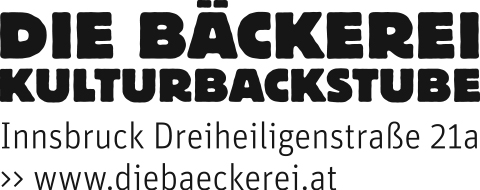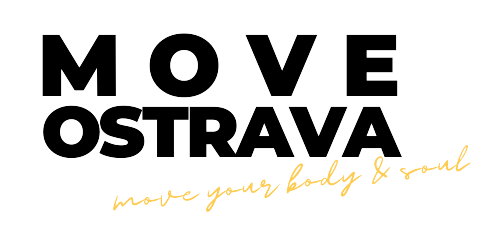Letting the movement emerge
Warming up
Before you start, it is good to warm yourself and the group up through movement by the "Shared movement“ method linked here. Remember to allow yourself to be playful and surprise yourself, letting your body offering you the movement, rather than searching it in your head (mind).
Part One
After your warm up and there is space & group connections begin the session by inviting people to find a space for themselves, where they feel comfortable right now
Instruct them to take time to go inside themselves and look for situation(s) and relationship(s)/ encounter(s) where they were agreeing, where they were in congruence, where they felt an inherent yes!
Stay with this inner attitude and let your body move, expressing it
Give your body time to explore the connection of the inner attitude of saying yes and it´s movement expression
Notice the movements which are emerging, observe them with curiosity, repeat those which feel most fitting, repeat them a few times, feel their qualities, shape, you can also connect them into a movement phrase
Pause…
Part Two
After the pause
Ask the group to go back to themselves and recall some situations, in which you were saying no to something or somebody. When you were in oposition, disagreeing, feeling resistence.
Staying with this inner attitude, let the body express it in movement.
Again, take time to let the expression emerge, experiment with whatever comes up without judgement or interpretation.
Ask them to observe the movements and their interconnection with how they feel performing them, they can also experiment with increasing / decreasing the intesity of expression, so that is feels enough, but not too much or overwhelming.
Be playful, expecially if the experience is getting hard.
Find a few movements that feel to fit the best, repeat and remeber them. Again, create a movement phrase using this movements.
Pause…
Bringing the movement into contact
Part one
Now is the time for people to share their movements / movement phrases and interact.
Find a partner
At the same time start with their unique movements / movement phrase expressing their individual way to say Yes or No - you can both start with yes or no – as if having a yes-yes, or no-no „chat“ without words, a dialogue.
Observe, what is going on
Ask them how their movements feel like when facing the other with his/her movements?
do they change, when you are in contact with the other?
What is changing and how?
How are you able to feel the boundary between you both – is there a difference, when you are in yes-yes and no-no?
When switching from one to the other modality, pause for a moment, but do not share verbally yet.
Part Two
After the partners have done the congruent modalities, go further with trying out „yes-no“ and „no-yes“. Again, observe, what is going on with your own movements/phrase and between you both:
How does this feel like?
Is there a change of energy?
Can you stick to your movements, or are your movements changing and how?
How does the connection feel like, is it changing? Due to what?
When they finished both variations, ask them to take a moment to get back to themselves and check, how they feel in their body. Invite them to finish with a movement for themselves, whatever comes up or that they liked / found interesting during the experience. Ask them to find a way to close the experience through something grounding.
After, instruct them to find a comfortable space with their partners. Sit down and share experiences and insights
Remind them to make sure they share their own experience, not interpreting the other or stating „the truths“
Take a few minutes to write down your experiences and insights…
As a variation, introduce switching partners, or as a closure sharing yes and no movements (own or adopted; or each participant can choose, without announcing) in Chcean circle (when one is sharing, the group follows his lead, then the leader passes to the next person).
Closing remarks
What did you learn about yourself, about your way of stating agreement or disagreement, about indulging and resisting, about saying „yes“ or „no“?
Is your „yes“ always „yes“, and „no“ is „no“, or is there sometimes a conflict on your body and mind level? Which one do you tend to follow and what is the impact of supressing one of them on you, on your energy level, on your connection to yourself and to the other(s)?
How sound is your „yes“ and how sound is your „no“? How clearly are you expressing it?
How rich or narrow are your ways of expressing it, how much is it dependent on the context and the partner (and his way of expressing him/her in movement)?
How is it connected to your boundaries setting?
And how do Peguins say yes and no?






